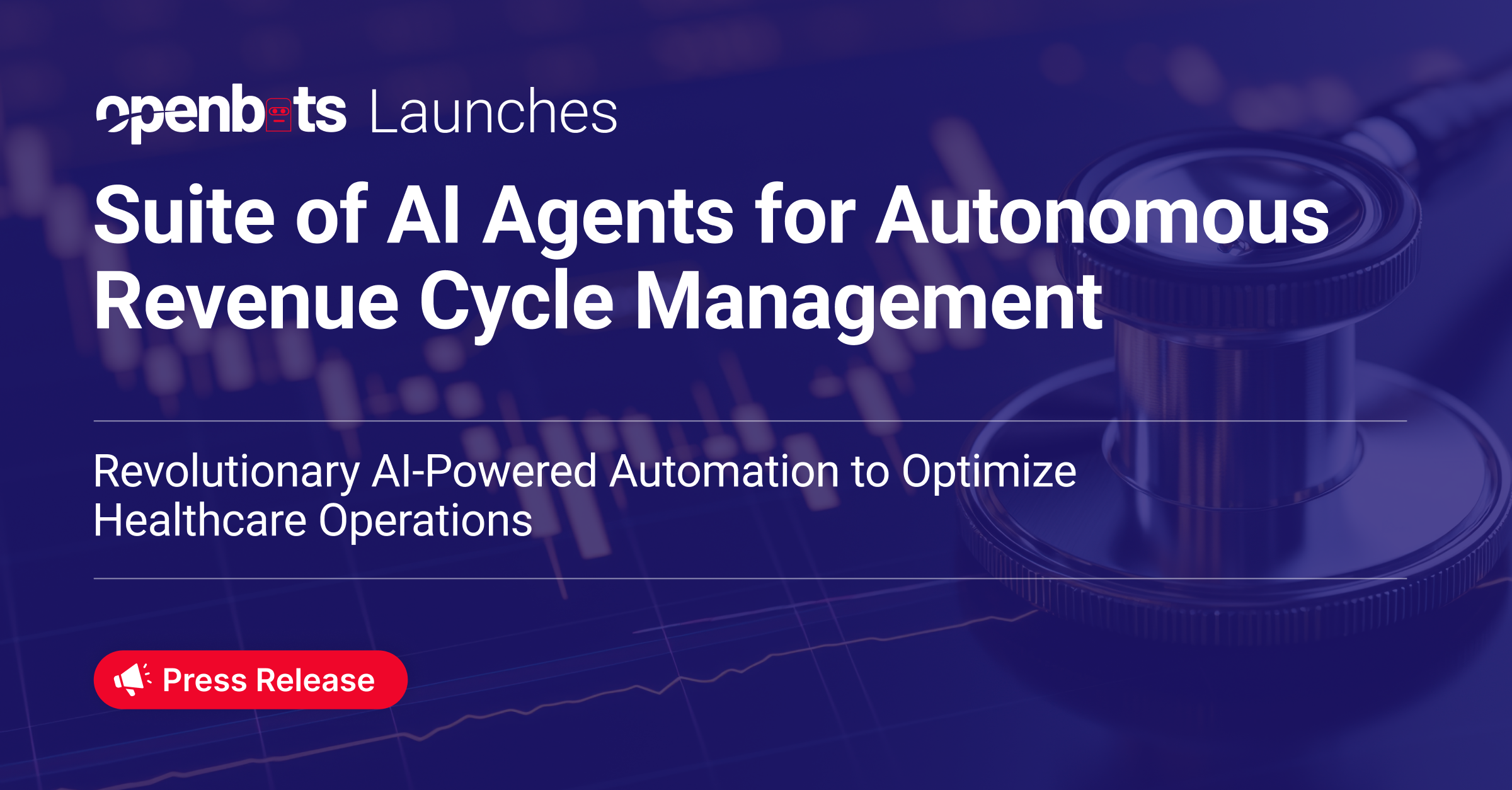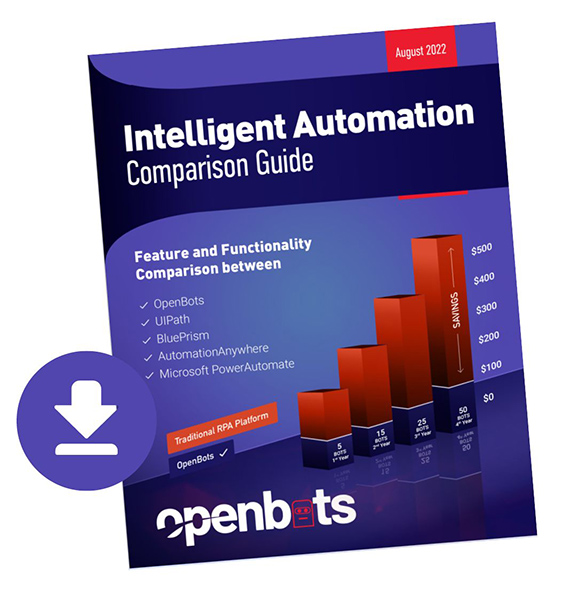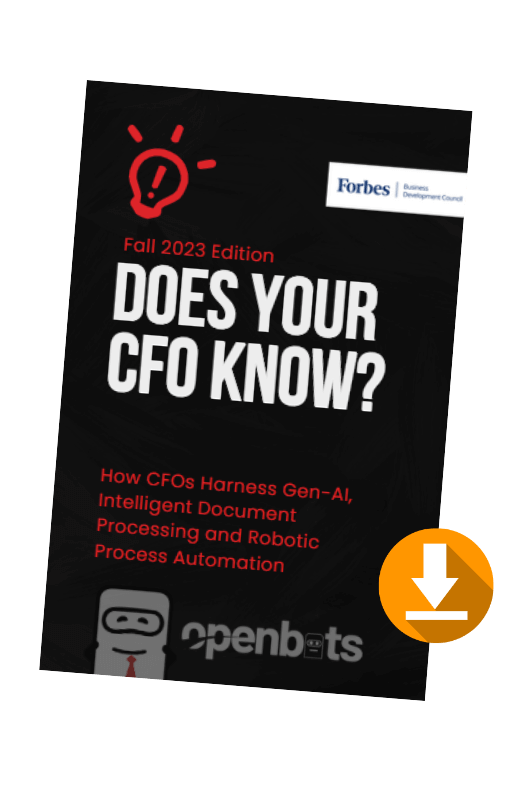Agentic AI’s Untapped Power in Streamlining Prior Authorizations
 by
Ranodeb Banerjee - July 4, 2025
by
Ranodeb Banerjee - July 4, 2025

About Ranodeb Banerjee
I'm the Associate Director of Healthcare Automation Solutions and primarily responsible for helping healthcare organizations create measurable improvements in clinical and financial performance. Currently leading a sales team focusing on Providers and RCM organizations promoting Agentic AI embedded software. With 9 years of experience, I've a robust background in sales and functional consulting spanning across the healthcare industry. Outside of work, I tend to spend a significant amount of time on the tennis courts.Recent Posts
Related Blog Posts

7 High-Impact Use Cases of RCM Automation
The current financial pressures on healthcare providers are increasing: declining margins, staffing difficulties, increasing administrative workloads, regulatory complexity, and patient […]

OpenBots Launches Suite of AI Agents for Autonomous Revenue Cycle Management
OpenBots Inc. is transforming healthcare financial operations with the launch of its AI-powered suite of eight Autonomous Revenue Cycle Management (RCM) Agents…

Agentic AI in Banking: Ten Transformative Processes to Automate
The banking industry is changing rapidly with the tech revolution, and modern technologies like Agentic AI are at the centre […]





